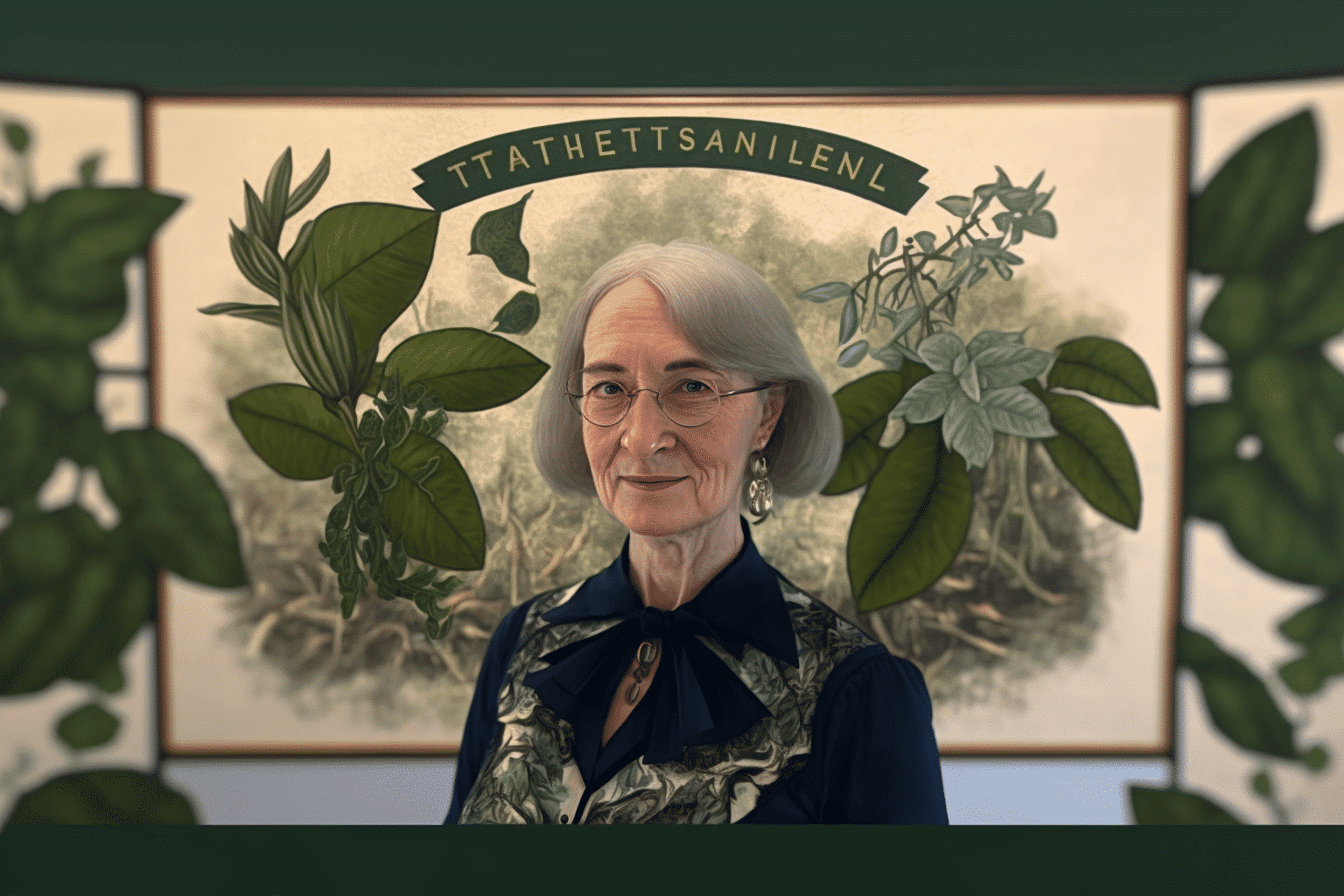Lady Emma Bennet, an 18th-century aristocrat and plant enthusiast, amassed a collection of botanical paintings that remain a gem in the Kew Gardens archives. Despite efforts to preserve her collection, little was known about the botanist and discreet scientist until a historian began investigating.
In 1932, several crates containing 648 watercolours of plants and flowers collected by Lady Emma Bennet, the fourth Countess of Tankerville, were delivered to the Royal Botanic Gardens in Kew, London, after being purchased at an auction from a castle estate sale. These delicate illustrations, painted in gouache and watercolour on vellum and mounted on paper in albums, require careful preservation in Kew’s Rare Books and Illustrations store to prevent damage.
The paintings’ significance remained hidden until 2019 when June Watson, a mature history student studying forgotten 18th-century female scientists, discovered Lady Emma while researching her family history. Watson’s research revealed that Lady Emma, a contemporary and friend of naturalist Joseph Banks, was deeply involved in the science of botany, despite the social limitations placed on women at the time.
Born in 1752, Lady Emma married Charles Bennet, the fourth Earl of Tankerville, and together they had 11 children. As the Age of Enlightenment dawned, Lady Emma became a passionate collector and cultivator of rare and exotic plants. She even became the first person to successfully make a specific orchid bloom in England, impressing Banks enough to name it after her.
While plant collecting was a respectable pastime for wealthy women, they were discouraged from pursuing the science of botany. Lady Emma’s paintings include detailed scientific notes on the plants’ classifications, growth conditions, history, and observations. This elevates her work from mere artwork to botanical significance.
In 1811, Lady Emma moved to Madeira, a Portuguese island, on a doctor’s orders to improve her children’s health. During her 18-month stay, she painted 21 pictures of the island’s plants, which now form the basis of an exhibition in Northumberland County Council’s County Hall.
June Watson’s extensive research into Lady Emma’s life, including uncovering correspondence with George Washington and other prominent figures, has begun to bring recognition to this talented botanist, artist, and collector of exotic plants. Lady Emma’s collection, one of the largest private collections in the Kew archives, remains an essential but underappreciated part of botanical history.
Although Lady Emma Bennet’s collection of botanical paintings is extensive and scientifically significant, her contributions to the field have long been overlooked. This can largely be attributed to the social restrictions placed on women during the 18th century, which prevented them from attending universities or joining organizations like the Royal Society.
June Watson’s research has helped shed light on Lady Emma’s remarkable life and accomplishments, revealing her as a dedicated and knowledgeable botanist. Through Watson’s efforts, Lady Emma is finally beginning to receive the recognition she deserves for her contributions to botany and natural history.
The exhibition featuring Lady Emma’s paintings in Northumberland County Council’s County Hall has increased interest in her work and life. As a result, more people are becoming aware of the significant role that female scientists like Lady Emma played during the Age of Enlightenment. This awareness helps to correct historical biases and gives these pioneering women their rightful place in the annals of science.
The story of Lady Emma Bennet serves as an inspiration for women in science today, demonstrating that even when women faced substantial barriers to pursuing scientific careers, it was still possible to make lasting contributions to the field. By highlighting the achievements of female scientists like Lady Emma, we can encourage future generations of women to pursue their passions and interests in science, regardless of the challenges they may face.
The rediscovery of Lady Emma’s work underscores the importance of continually reevaluating our understanding of history and the contributions made by underrepresented groups. By doing so, we can ensure that the accomplishments of individuals like Lady Emma Bennet are celebrated and inspire future generations of scientists, regardless of their gender or background.
